| | NEWS
"You followed me in a desert, an unsown wasteland" (Isaiah)
The story of HaRav Moshe Yehuda Schneider, zt'l, rosh yeshivas Toras Emes in Memel, Frankfurt, and London
by M. Samsonowitz
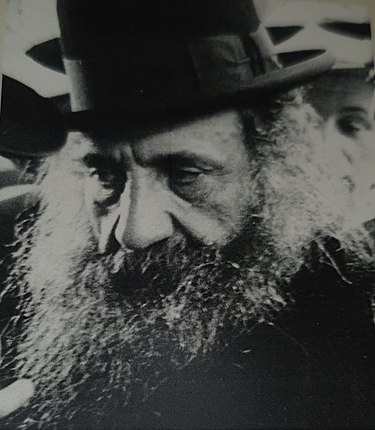
Part VII — Conclusion
For Part VI of this series click here.
Rav Schneider was truly among the main disseminators of Torah in our times. An unusual and dynamic individual who transplanted Torah and made it flourish in spiritual wastelands where no one believed it was possible, he did the painstaking groundwork that enabled the barren atmosphere in England and France to give way to the dozens of yeshivos, religious institutions and frum communities that are in existence today.
HaRav Schneider was a man whose entire focus was in the yeshivos which he established, and in his love for Torah, for which he lived. In keeping with his modest personality, his accomplishments for Torah were perhaps not fully appreciated in his lifetime. But the love for Torah and mussar which he instilled in his students produced mighty fruits which changed the face of postwar Jewry in Europe and Eretz Yisroel.
In the first parts, we learned of HaRav Schneider's growth and early education, and how he wound up in the German city of Memel. He achieved the seemingly impossible by founding a high standard yeshiva in Memel, until the first World War threw life into a turmoil. We saw how he started again in Frankfurt, and maintained his yeshiva there for 20 years, through the rise of Nazism, until he was forced to leave. In England, he started again, providing a haven for bnei Torah refugees, caring for their physical needs and nurturing their spiritual growth under the most difficult wartime conditions.
Moroccan Youth Come To the Yeshiva
The yeshiva opened a new chapter when three Moroccan boys arrived in 1951.
HaRav Refael Baruch Toledano
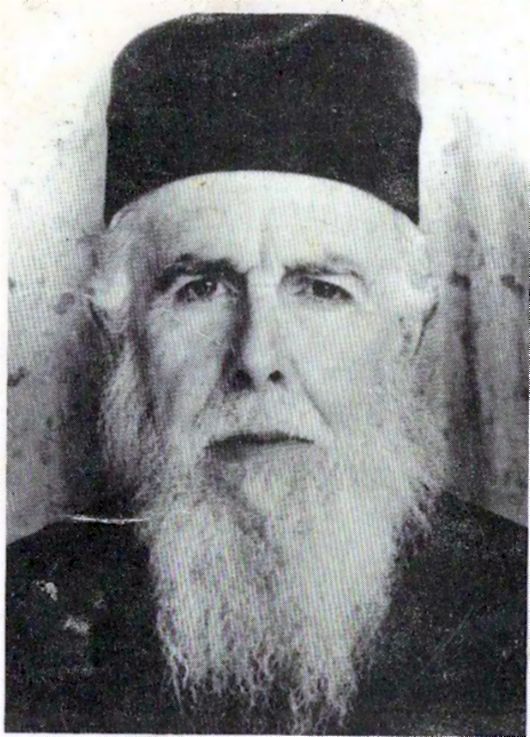
These three youths were the son and grandsons of HaRav Boruch Toledano, the rav of Maknez. A meshulach from London had arrived in Morocco, and he stayed at the house of HaRav Toledano, as did many guests from abroad.
HaRav Toledano began asking his guest about Torah centers in England. He knew that the great Torah centers in Europe had been destroyed, and he could not send his sons to the Torah centers in Israel, living as he was in an Arab country.
Rav Toledano was extremely sharp and astute. He saw the local environment rapidly modernizing, and he knew that the Torah education available in Morocco would not be able to counter its influence. He was worried for the future of not only Moroccan Jewry, but his own descendants.
The meshulach told him that there was a famous yeshiva in London—Rav Schneider's yeshiva, Toras Emes. The meshulach promised to arrange an affidavit for the three boys to go learn there.
A half year later, Yaakov, Nissim and Michoel Toledano, all 16, were sitting in the beis hamedrash on Nightland road, listening to the shiurim and absorbing powerful doses of ahavas Torah and yiras Shomayim, Schneider-style.
HaRav Nissim Toledano
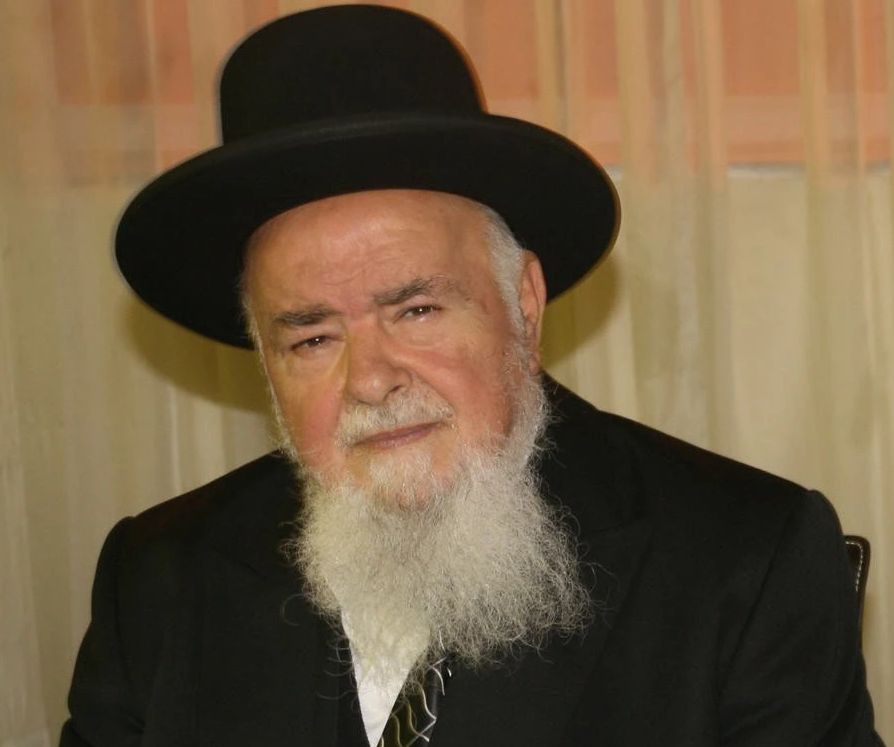
Reb Nissim Toledano: "My grandfather didn't know the difference between a Litvishe or Chassidic yeshiva; he just knew that a yeshiva was a necessity. In answer to my grandfather's application, Rav Schneider sent us a letter and arranged visas for us. By the beginning of the summer, we had arrived in London.
"Rav Schneider was extremely insistent that we learn Yiddish. He could have spoken Loshon Hakodesh with us which we all knew well, but he insisted that we learn Yiddish because all of his shiurim were in Yiddish and it was the shprach which his neshamah spoke in. Moreover, the entire yeshivisheh world at the time used Yiddish, and he wanted to ensure that we integrate completely with all the other yeshiva bochurim, instead of forming a separate group to ourselves.
"So every recess, a boy came to teach us a few more words. When we walked to the dining hall from the beis hamedrash, we were paired up with an Ashkenazic bochur who would speak only Yiddish with us. For the first four months, someone would review the gemora with us in Loshon Hakodesh, but after that we were put straight into the Rebbe's shiur and were expected to understand it ourselves.
"Incidentally, one of these Sephardic bochurim became so good at Yiddish that he later held a job teaching Yiddish to Ashkenazim in London.
"In Morocco, we had also learned gemora, Rashi and Tosafos, but we were completely swept off our feet by the Litvishe way of learning and found it fascinating. Despite the fact that we were propelled into an environment where everything was foreign—language, mentality, background, even food—we right away adapted to yeshiva life and learning. We joined the others learning mussar and being tested weekly on the Mishna Berurah.
"None of us felt a conflict between our Sephardic heritage and learning in a Litvishe yeshiva. We wanted Torah, and we knew we would get it there. We were completely accepted in the yeshiva and made to feel that we were no different than anyone else.
"Rav Schneider made a tremendous impression on us. He was fire—fire of Torah and yiras Shomayim. He was a baal nefesh who was in love with Torah. He would tell us stories about the Chofetz Chaim that had an indelible impact on us.
"Afterwards I learned in Gateshead and Ponovezh, and saw other Torah scholars of great caliber, such as the Chazon Ish and Rav Kahaneman. But Rav Schneider was the first inspiring Torah personality I met and it was he who inspired me to opt for a life of total involvement in Torah."
*
HaRav Zeidel
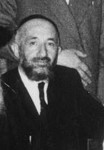
When the three boys from Morocco integrated so well and were so successful, the yeshiva decided to send Rav Zeidel to Morocco to hand-pick another group to come learn in the yeshiva.
Rav Zeidel spent half a year traversing Morocco, and covering all the main cities: Marakesh, Maknez, Fez, Tangiers, Casablanca, and Sufru. He entered the Otzar HaTorah and Aim Habonim Jewish schools, and interviewed close to 3000 boys, with the intention to choose 25 boys to send to the yeshiva.
It was an uphill battle to convince parents to send the youths to the yeshiva, but Reb Zeidel explained to each one that on Moroccan soil, their child's spiritual growth and future was limited. Knowing that their children were going to study in "London," the prestigious capital of the British Empire, helped the offer be more attractive.
Cataclysmic events had been taking place over the previous few years. The State of Israel had been founded, and mass immigrations from Sephardic population centers of North Africa to the State had begun. A new spiritual leadership had to be trained who would know how to counter the temptations and trials of the modern era and its new "isms."
It was with this goal in mind, that Reb Zeidel was seeking a group of Sephardic youths who would be educated to be the future leaders of the Sephardic world. It would be the yeshiva's work to actualize their potential.
In his travels all over Morocco, Reb Zeidel was aided by Rav Boruch Toledano and a wealthy baalebayis, Reb Yitzchak Sholem.
One of the youths Reb Zeidel had his eye on was a boy 13 years old, called Avrohom Badush. Not only was the youth brilliant, but he had a prepossessing personality. Reb Zeidel wasn't the only one with an eye on him — the Jewish Agency was also after him, offering him all kinds of attractive promises if he would come on a transport to Israel. However, since he had an eye infection, the youth had to attend a convalescent home for a period of 6 weeks before he could be granted an exit visa.
Just before the 6 weeks ended, Reb Zeidel got wind that the Jewish Agency shaliach was planning to come a bit early to take the youth. It was Shabbos, but Reb Zeidel sized up the situation and decided quickly. He arranged for a non-Jewish taxi driver to take him to the village where the convalescent home was located.
To the astounded youth's eyes, the esteemed rosh yeshiva told him to pack his bags and leave with him that minute. In the taxi going home, Reb Zeidel explained that one may be mechalel Shabbos for pikuach nefesh. Spiritual pikuach nefesh—shmad—he asserted, is just as consequential as physical pikuach nefesh.
Reb Zeidel had come none too soon. Two hours later, the Jewish Agency shaliach arrived and demanded to be given the youth.
The eventual fruit of Reb Zeidel's fast action was the establishment of the now illustrious Sephardic Jewish community in Mexico. After studying many years with Rav Schneider and in other yeshivos in Israel, Reb Avrohom Badush moved to Mexico City. When he arrived, there was not even one kosher mikveh in the entire city. In his quiet but powerful way, he initiated a revolution that eventually resulted in one of the world's outstanding Sephardic Torah communities.
Mexico City today boasts such outstanding institutions as the Keter HaTorah school with over 2000 students, and numerous kollelim and yeshivos in every Jewish neighborhood. Rav Badush passed away young, in his 50's, a few years ago.
After half a year of travelling and interviewing, Reb Zeidel gathered together a group of 23 youths, most aged 14-16, all of them talented, bright youths. They gathered together in Casablanca for the journey to England, each youth clutching a small nylon bag with a few possessions.
They flew by plane to Bordeaux in France, and then travelled by train across France until they reached the northern coast. After the short ferry across the Channel to Dover, the youths took the train to London.
*
HaRav Mordechai Gozlan
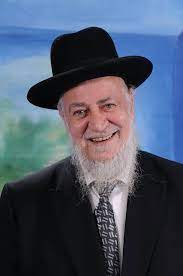
Rav Gozlan: "When we arrived at the yeshiva, we were served our first meal: bread, coffee, margarine, and herring—a kind of fish we had never seen before. When it was time to sleep, we had to drag out our beds and set them up. The difficult physical conditions notwithstanding, we all felt at home very quickly in the yeshiva.
"The Rebbe was such a forceful personality, that we couldn't even think about the physical conditions. It made a strong impression on us that he himself was living in the same conditions that we were. In the years I lived in the yeshiva, I never saw the Rebbe put on a new shirt. I myself took his suit to the tailor to be turned inside out because the outer layer was already threadbare. He wore this same suit for 30 years.
"The style of learning in the yeshiva was different from what we were used to. But we right away adapted to the yeshiva's schedule and study regime because of the Rebbe's dynamic personality. We knew that he was totally caring and concerned about his students. He was close with all of us.
"The physical situation in the yeshiva was perpetually touch-and-go. Once a manufacturer sent a whole shipment of suits to the yeshiva for the bochurim. There were plenty of us who needed a new suit, but the Rebbe took all the suits, and sent them to Israel for needy yeshiva bochurim. Imagine — he barely gave his son and sons-in-law money for their subsistence, but somehow he found money to send to different yeshivos in Eretz Yisroel!
"The rebbetzin was a woman whose name should go down in history. She bought the food, did all the cooking and cleaning up. She had a cleaning lady to help her with the chores, but the main burden was on her shoulders. She considered no kind of work for the yeshiva too low for her to do."
*
Reb Zeidel went back another few times to Morocco, each time bringing out another 25 boys to study in the yeshiva. Another talmid of Rav Schneider's, Rav Shammai Zahn, also went to Morocco for his yeshiva in Sunderland.
These Moroccan youths eventually became prominent leaders among Sephardic Jewry. Some of them, like Rav Gozlan, first went back to Morocco and headed yeshivos there until the late 1960's, when they transferred to Israel. Others remained in England or France, or went on straight to Israel.
Most of these became marbitzei Torah, and had a decisive hand in establishing Torah beachheads in the spiritual Jewish vacuum that remained after World War II wherever they settled. Many of them can be credited with saving a segment of Sephardic Jewry for Torah, and the religious revival that is taking place today in this community is largely due to them.
Some of these talmidim are:
HaRav Yaakov Toledano
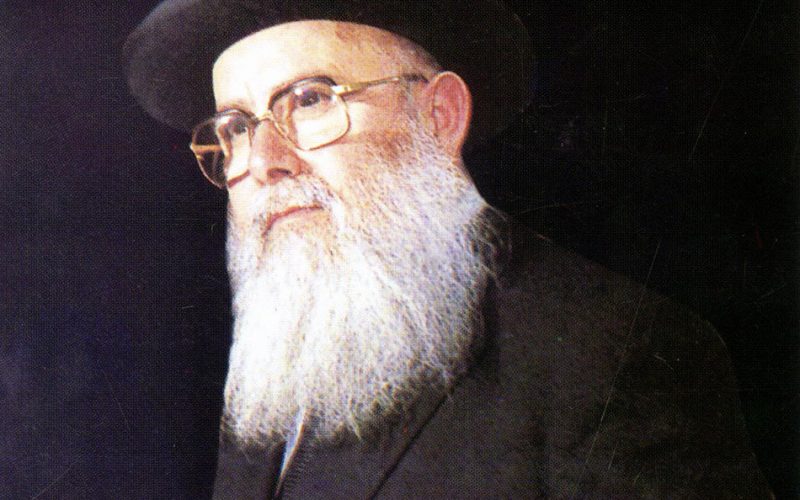
Rav Yaakov Toledano, rosh yeshiva in Paris, who started a spiritual revolution when he moved to Drancy, Paris in 1967,
Rav Nissim Toledano, rosh yeshiva of yeshivas Shearis Yosef in Beer Yaakov, Israel,
HaRav Michoel Toledano
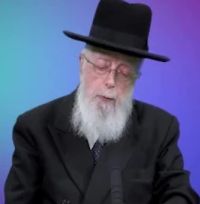
Rav Michoel Toledano, menahel of yeshivas Or Boruch in Bayit Vegan, Jerusalem,
Rav Abraham Badush, founder of Keter Torah in Mexico who instituted a spiritual revolution in Mexico,
HaRav Machlouf Pachima
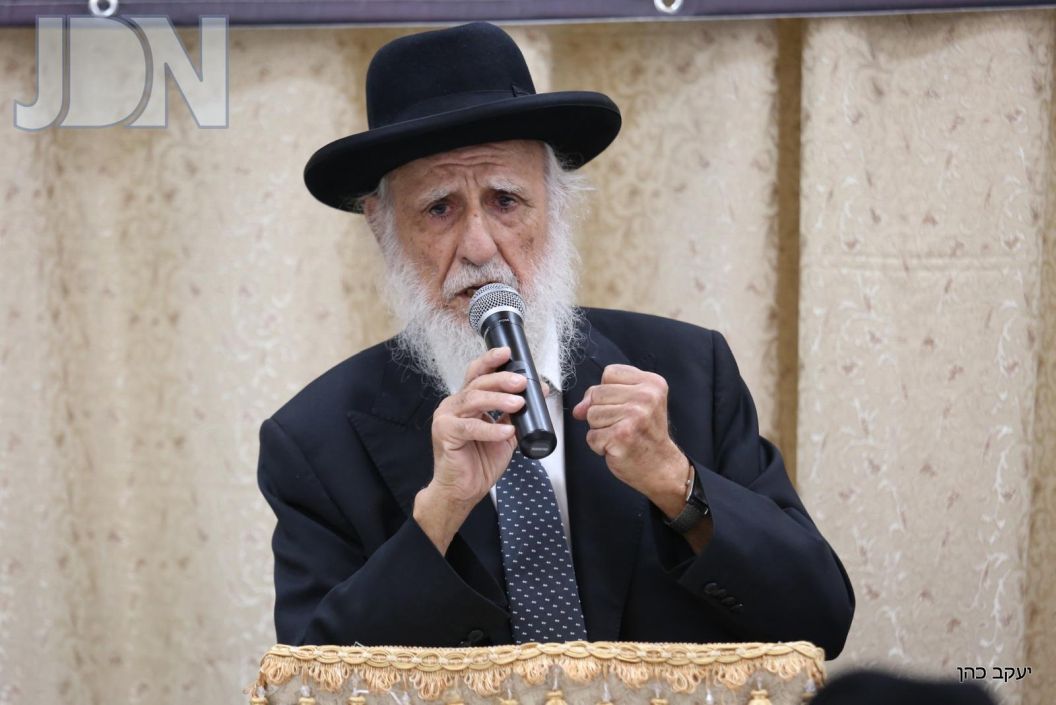
Rav Machlouf Pachima, rosh yeshiva of Yeshivas Bircas Shmuel, and the leader of Moroccan Jewry in Bnei Brak,
Rav Mordechai Gozlan, rosh yeshiva of Yeshivas Nesivos Moshe in Bnei Brak. His yeshiva, the first Sephardic yeshiva ketana in Israel, is named after HaRav Schneider,
Rav Amram Rebibo, rosh kollel in Lod,
Rav Yaakov Ben Shushan, rosh yeshiva of Yeshivas Kfar Chassidim for Sephardim,
Rav Sholom Ezra, rosh kollel Ramat Aaron, Bnei Brak,
Rav Yitzchak Malul, rosh yeshiva Yeshivas Tiferes Shlomo in Ashdod,
Rav Maimon Kakoun, dayan on the Beth Din Tzedek for Sephardim in Jerusalem,
Rav Maimon Malta, dayan and head of kashrus in Ashkelon,
HaRav Shimon Wizeman
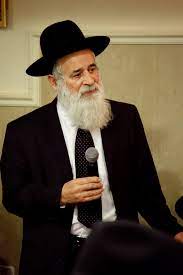
Rav Shimon Wizeman, rosh yeshiva of Yeshivas Eshkol in Strasbourg.
His Final Years
Although Rav Schneider suffered from a debilitating illness starting in 1950, the yeshiva's atmosphere remained vibrant and inspiring. Till the end of his life, and despite suffering great weakness, Rav Schneider was the moving force in the yeshiva, and it was he who made all the decisions.
In 1951 he had to undergo a painful operation. Even during the long recovery, he ran the yeshiva and gave mussar talks. He even kept up with the yeshiva's money affairs by writing letters, phoning contributors, and speaking with his visitors from his home.
On one winter Shabbos, the heater went out. Since he was in the category of a choleh, Rav Schneider asked his talmid to bring him a non-Jewish child from the street to relight the heater. His talmid looked in the street and returned with a child.
Rav Schneider told his talmid to ask the child—a goy to all appearances—if he was a Jew. The child replied that he was. The talmid was about to send the child away and look for another, when Rav Schneider called the child over. He put a yarmulke on his head, and gave him a siddur and began praying with him. Then he made kiddush with him and offered the child some cake.
Finally, Rav Schneider instructed his talmid to ask the child if he would like to attend a Jewish school.
His student later recounted, "It was difficult for me to ask this child from the street such a question, but I did what the Rebbe said. To my surprise, the child said he wanted to go. The Rebbe was very happy, and he gave the child more cake and asked where he lived. The next day he sent a bochur to the child's parents, and a few days later, the child was learning in our school."
In 1953, his illness returned in full force, and the doctors gave up all hope for his life. He tried a natural cure, a wasted effort by all medical consensus for as serious of a condition as he had. But Heaven miraculously came to his aid, and the illness went into remission. Although the treatment required that Rav Schneider live in a state of near total fasting, his strength miraculously returned and he temporarily recovered.
In 1954, he underwent another operation. From then on the Rebbe grew weaker and weaker. He suffered great anguish at not being able to go to the beis hamedrash and learn with the bochurim. A group of ten bochurim instead would daven regularly with him. They came in groups to his house, where, with his last strength, he expounded fiery mussar talks.
On the first night of Chanukah, 25 Kislev, 5714, right after candlelighting, the Rebbe passed away after 70 years of spreading the light of Torah in the world.
His entire life he had fought for Torah. Time and time again he saw his life's work fall apart, forcing him to begin anew. When he passed away, he was able to see only the buds beginning to rise of the latest batch of seeds he had planted.
But if he would be able to see these buds today, he would see mighty oaks and vast forests. The hundreds of bochurim who entered his yeshiva, left it inspired and dedicated to continue his life's work. They went on to spread Torah study and Yiddishkeit throughout Jewish communities in England, Europe and Israel.
Ten months later, Reb Zeidel was in Buenos Aires, Argentina, helping set up a yeshiva with the help of local askonim when he suffered the heart attack that cut short his life's endeavors.
The yeshiva carried on for many years after that, under the direction of Rav Schneider's son, Reb Gedaliah, and his two other sons-in-law, Reb Leizer Lopian and Reb Alter Halpern. Eventually the yeshiva became a Kollel, which it has remained until today.
Rebbetzin Yehudis Schneider outlived her husband for close to 20 years. For many of these years she continued carrying the burden of providing the yeshiva's students with food.
The Chazon Ish once said about Rav Schneider, "Rav Schneider is a godol beTorah in ahavas Torah."
The fire, the intoxication, the great love for Torah of Rav Schneider is what imbued his students to go out and penetrate the vacuum that existed after the war and to build the impressive Torah communities that we see today.
Rav Schneider's name has been immortalized not only in the breasts of his distinguished talmidim who have carried his tradition and made a mark on the world, but also in the name of a yeshiva ketana, Yeshivas Nesivos Moshe in Bnei Brak. Founded by Rav Moshe Gozlan, a close disciple of Rav Schneider and one of the first group of his Sephardic talmidim in London, the yeshiva has graduated hundreds of Sephardic bochurim who have all gone on to yeshivos gedolos and to a distinguished role in the bnei Torah community in Israel.
Today, outside of England, perhaps very few have heard of Rav Schneider's yeshiva. But like Rav Chiya, his place of honor will be so great that very few will be able to fathom it.
Yehi zichro boruch.
|




